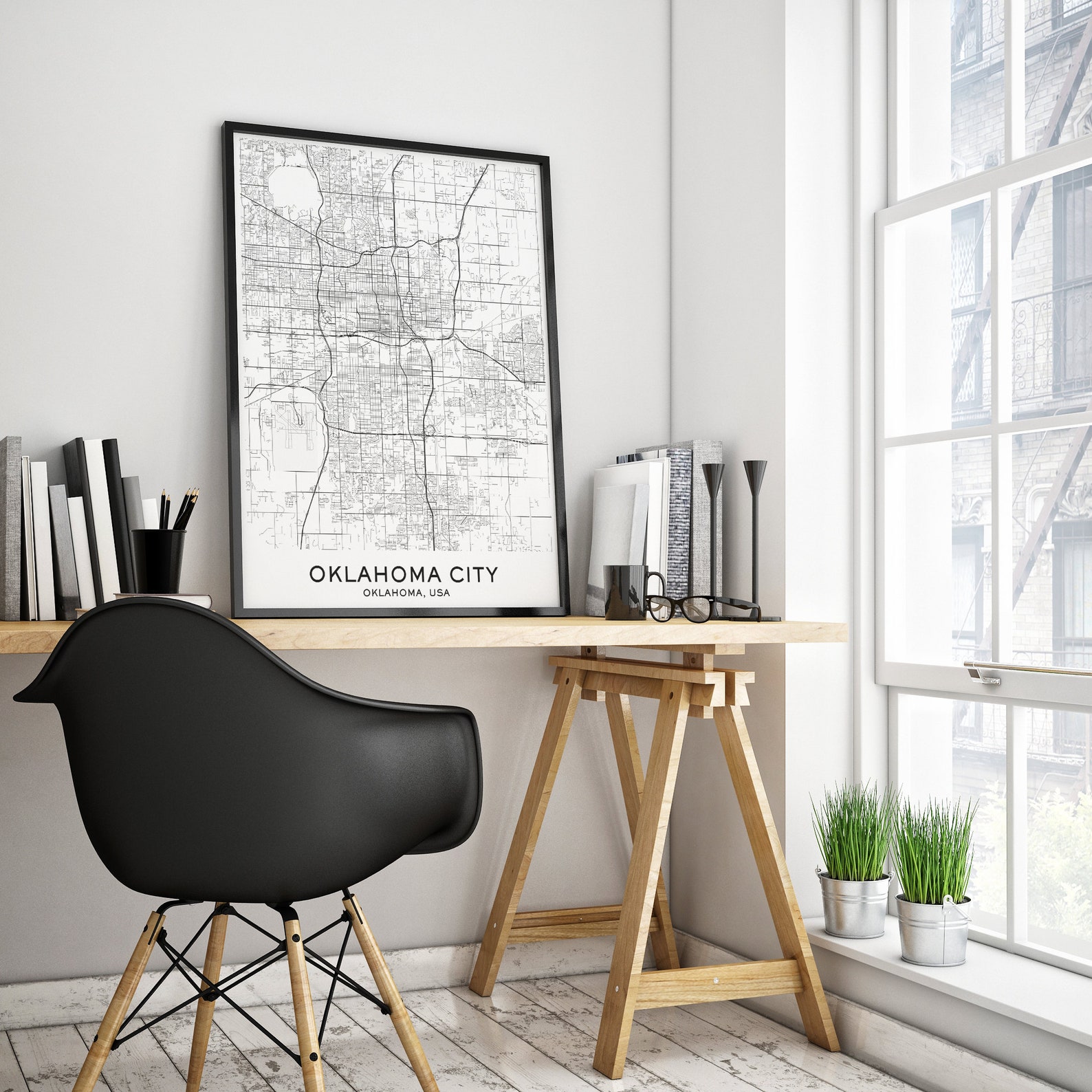


#Quick print oklahoma city full
Later on, after I’d left, I realized-familiar story-that the place I had thought so dull was in fact rich and strange and full of life. Oklahoma was a nullity I was required to endure till I could escape. The last thing that I thought Oklahoma could be, growing up, was interesting. (This happened.) It’s a peculiarly concentrated locus of old American energies, creative, destructive, and bizarre, and Anderson illuminates both the romance and the hubris of a city that went from wild gunfights to unrestrained freeways in a single human lifetime. Oklahoma City is a place that, during good times, can decide to raze and rebuild its entire downtown, and that, during bad times, might end up with a convention center so dilapidated guests need umbrellas indoors. Anderson conveys not only the factual data about boom-and-bust cycles in the energy industry but the feeling of a city defined by them. Since that is precisely what Oklahoma City is, this works. The effect of the cross-cutting structure is to turn the story of Oklahoma City into a kind of giddy Jenga tower, a mismatched jumble of fascinations. We go graffitiing with Wayne Coyne, the frontman of the Flaming Lips, and eat Mexican food with Gary England, Oklahoma’s most famous weatherman-not a small thing in a state that spends every spring getting vacuumed by tornadoes. (For a while, Oklahoma City was, by land area, the largest city on earth.) Ralph Ellison shows up. season, which jump to a few pages on the Land Run, the bizarre ceremony whereby much of what had been Indian territory was opened up to white settlement in one lunatic dash, so that Oklahoma City’s population grew from zero to ten thousand in a single day.Īnderson writes brilliant alternating sequences on Clara Luper, Oklahoma City’s forgotten civil-rights icon, and Stanley Draper, the deliberately anonymous Chamber of Commerce director who oversaw the city’s breakneck mid-twentieth-century expansion. A few pages on the geological history of Oklahoma (it was once at the bottom of the sea) jump to a few pages on the Oklahoma City Thunder’s 2012-13 N.B.A.
#Quick print oklahoma city series
It is, in fact, “the great minor city of America,” even if its role in the national-attention economy has always been “to be ignored.” To make this case, Anderson layers a series of parallel narratives in rapidly cross-cutting short chapters. If “dizzyingly pleasurable” and “Oklahoma City” aren’t words you expect to see in the same sentence, Anderson’s book wants to convince you that the capital of America’s forty-sixth state is the most secretly fascinating place on earth, “one of the great weirdo cities of the world,” as Anderson writes. I thought about that drive repeatedly this week as I read “ Boom Town,” Sam Anderson’s dizzyingly pleasurable new history of Oklahoma City.

and ale.) That two-hour drive through numb prairie was the inevitable prelude to commerce, entertainment-all the stuff we couldn’t get much of in the little dwindling oil town that was home.
#Quick print oklahoma city tv
It had fancy restaurants, like Applewood’s, where you could get fried apple fritters dipped in powdered sugar, and Steak & Ale, whose TV ads left me with a borderline religious conviction that it must be the finest restaurant in the world. It had a zoo, bigger than but, my family felt, not as nice as the one in Wichita, two hours in the other direction. It had malls and roller coasters and a water park.

It was where you bought your school clothes and where you did your Christmas shopping and where you went for field trips (there was a science museum where you could have your shadow frozen on the wall, like the victims at Hiroshima), and it was where you rode on late-night school buses to football games and where you ate at late-night Burger Kings after debate tournaments. If you were from Ponca, Oklahoma City was where you went for anything important. This was a drive we made dozens, maybe hundreds, of times. When I put the book down, I’d rest my forehead on the window and watch the long wire cattle fences rise and fall gently, like failed sine waves. As a child, I would sit in the back seat with my face suctioned to a paperback. For most of the drive, the scenery seemed to come not so much from the middle of nowhere as from the kind of off-center, peripheral nowhere in which Oklahoma specializes: distant hay bales, grassy horizons, ponds the color of Ovaltine powder, oil wells. First you went west, on US-177, and then, for a long time, almost due south, on I-35. Ponca City, Oklahoma, where I grew up, is about a hundred miles north of Oklahoma City, which sits just slightly south of the middle of the state, in the same way that Oklahoma itself sits just slightly south of the middle of the country.


 0 kommentar(er)
0 kommentar(er)
